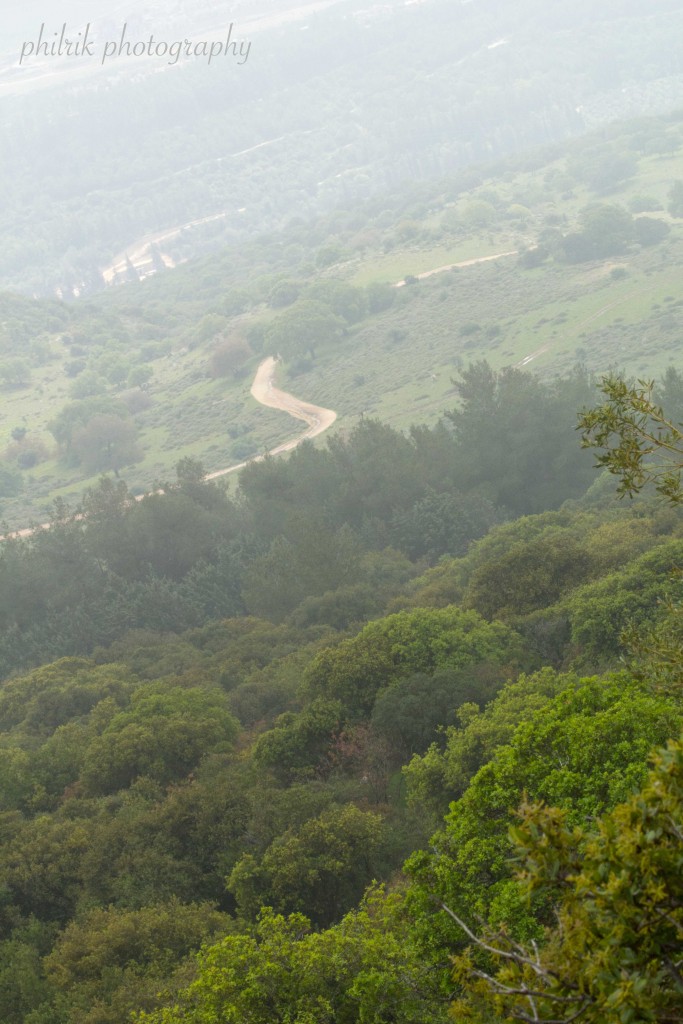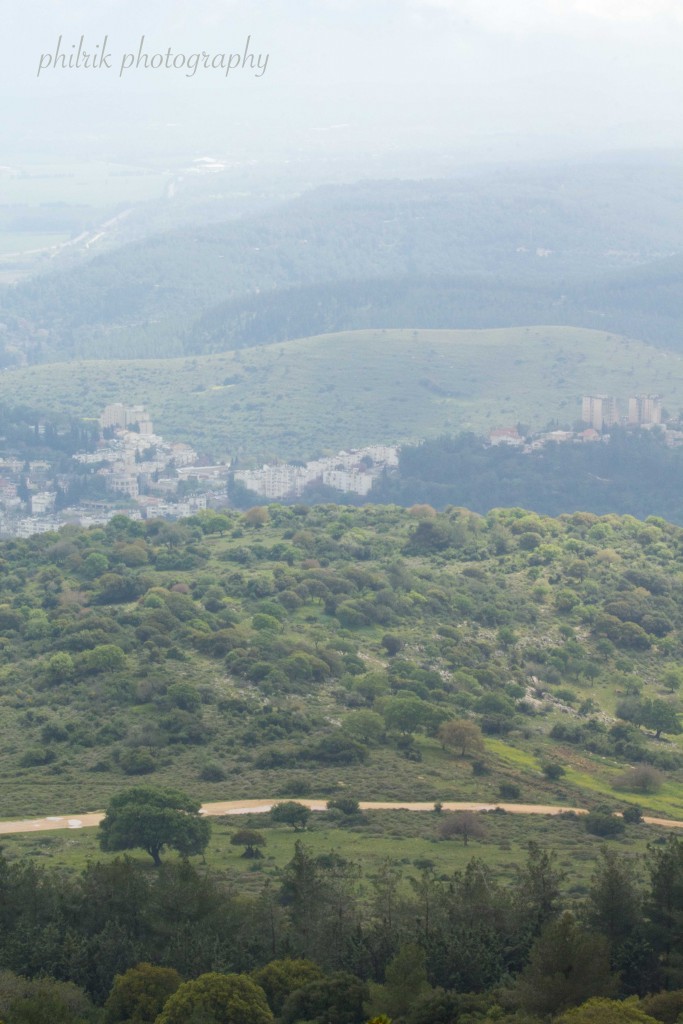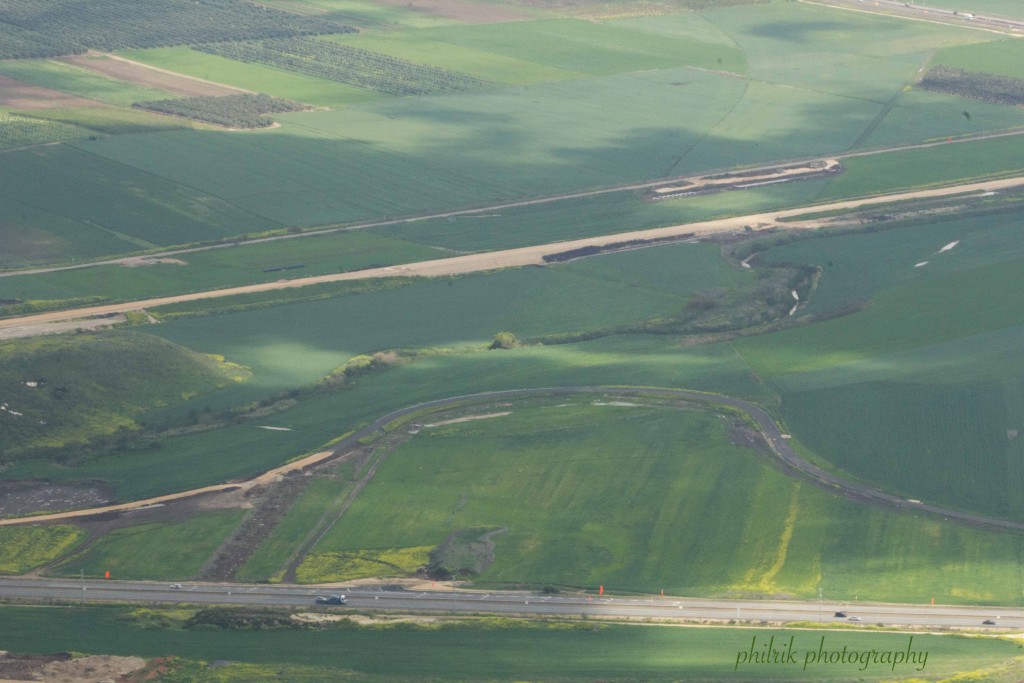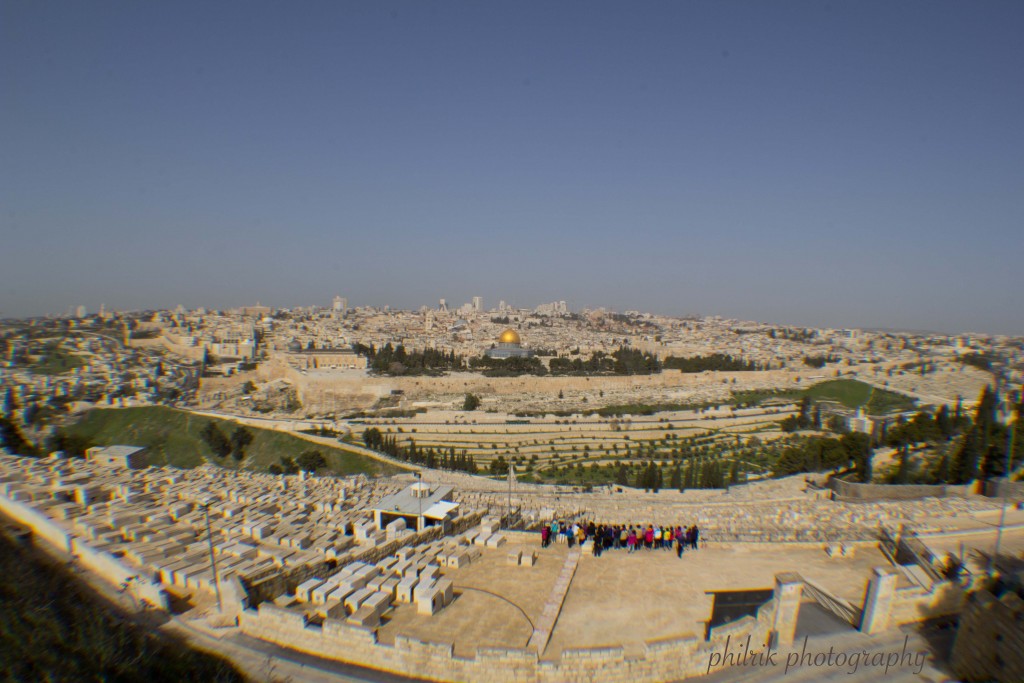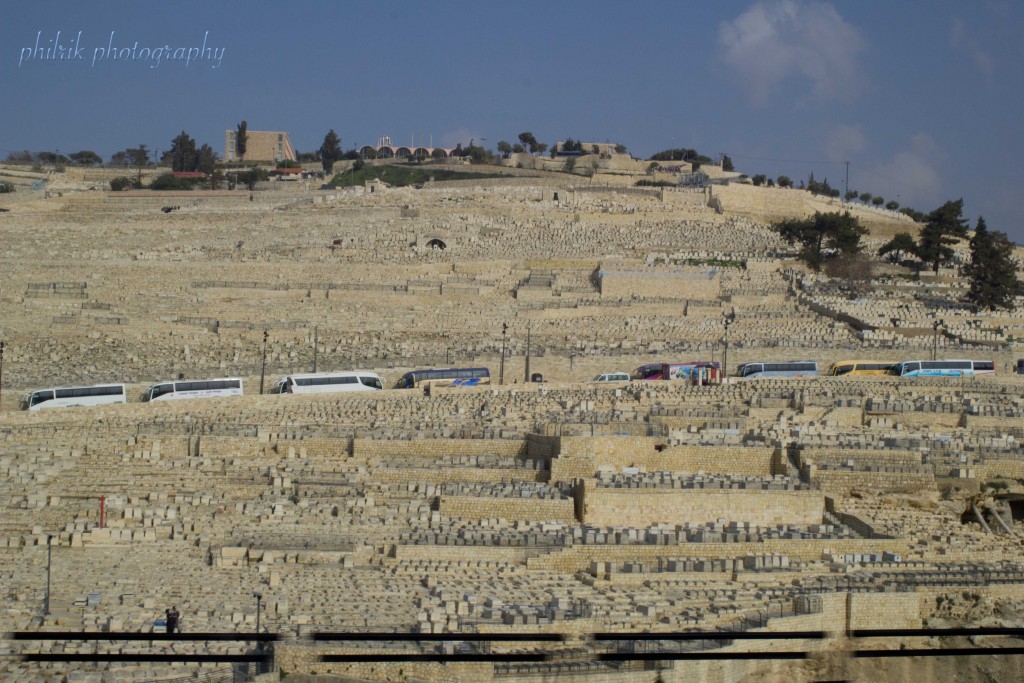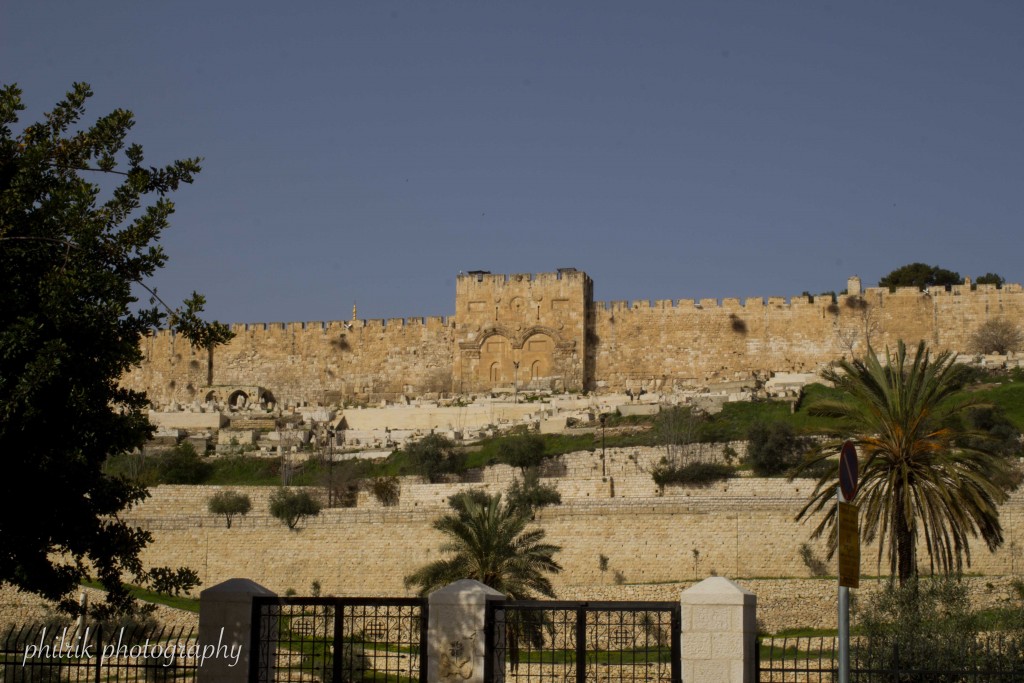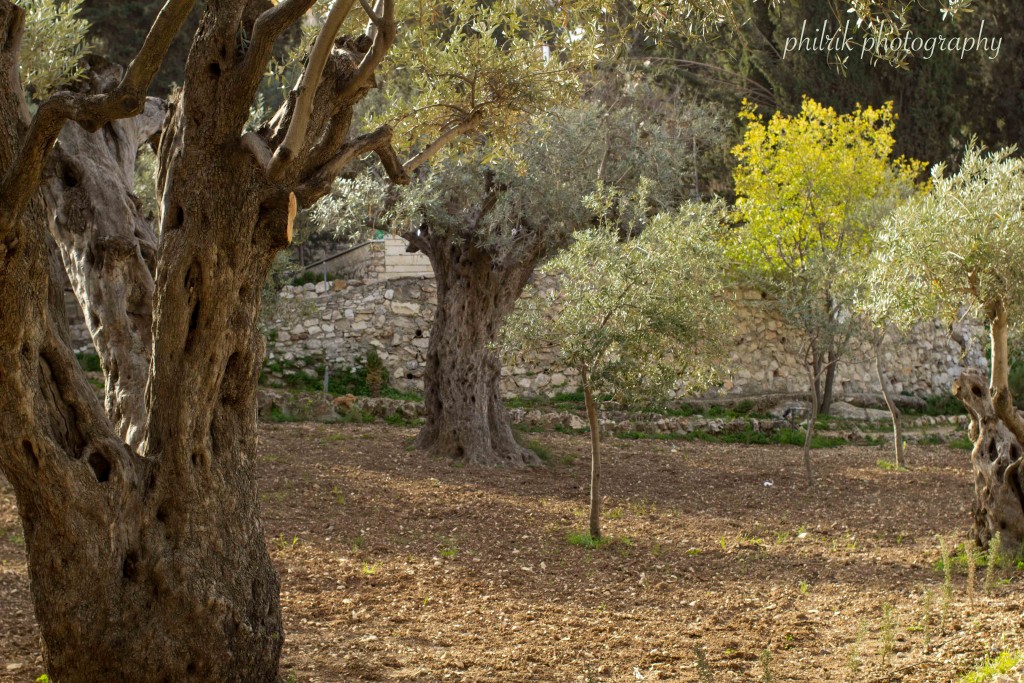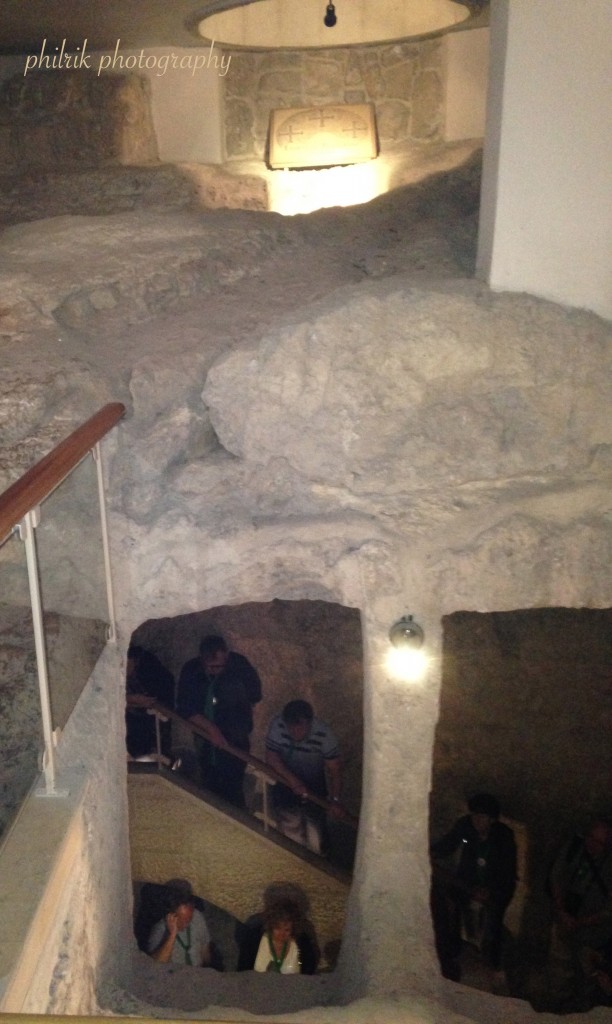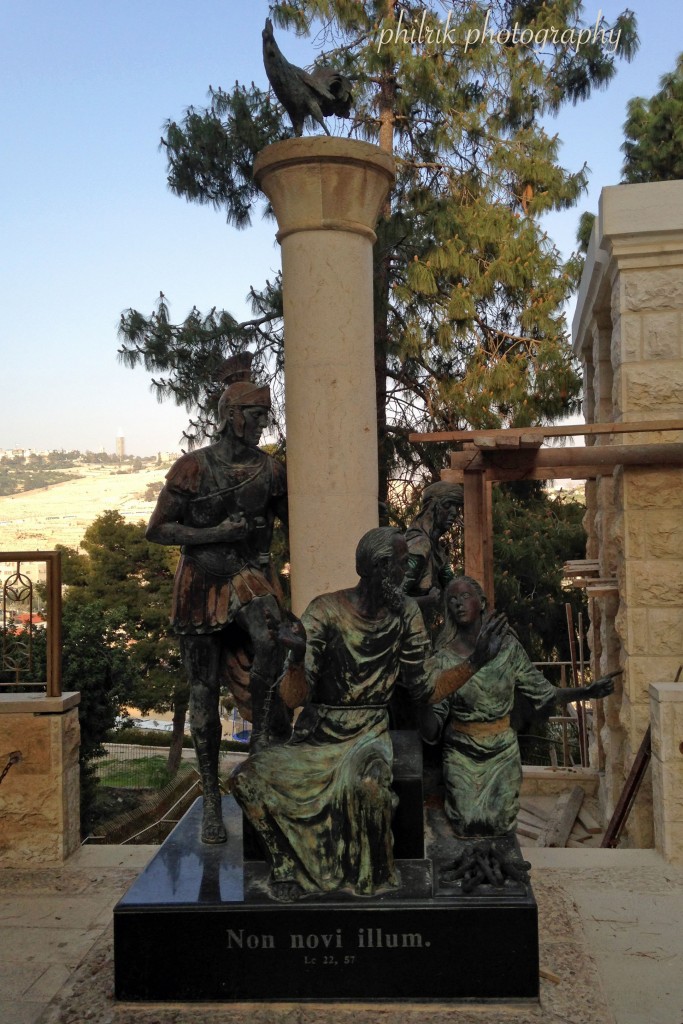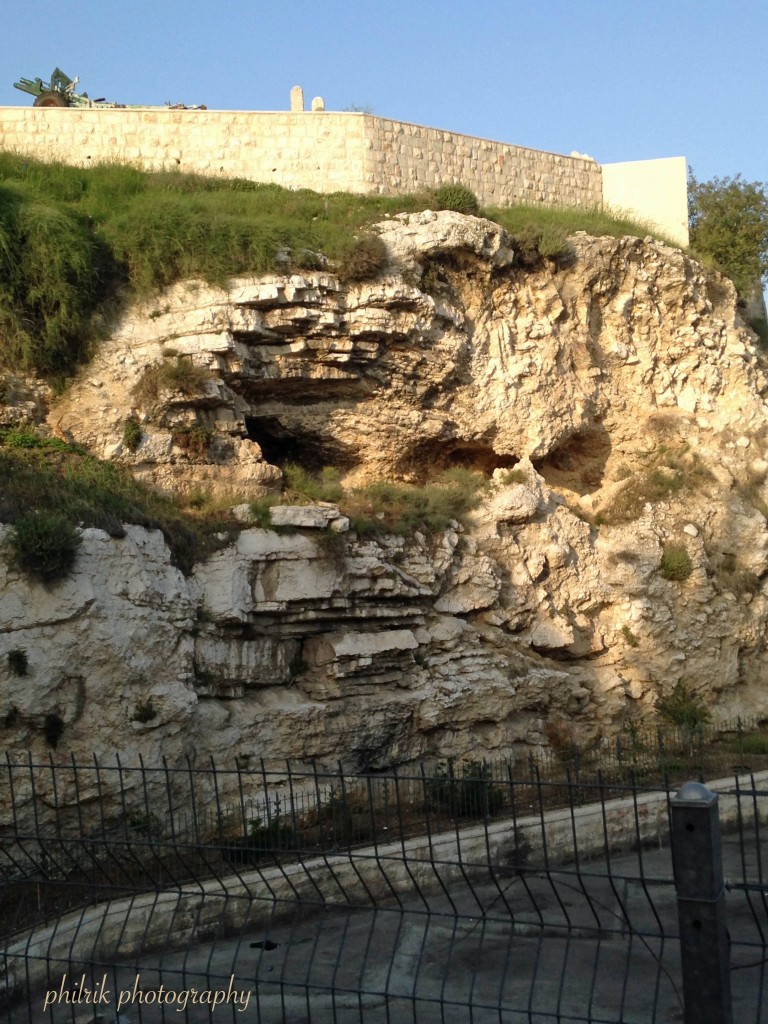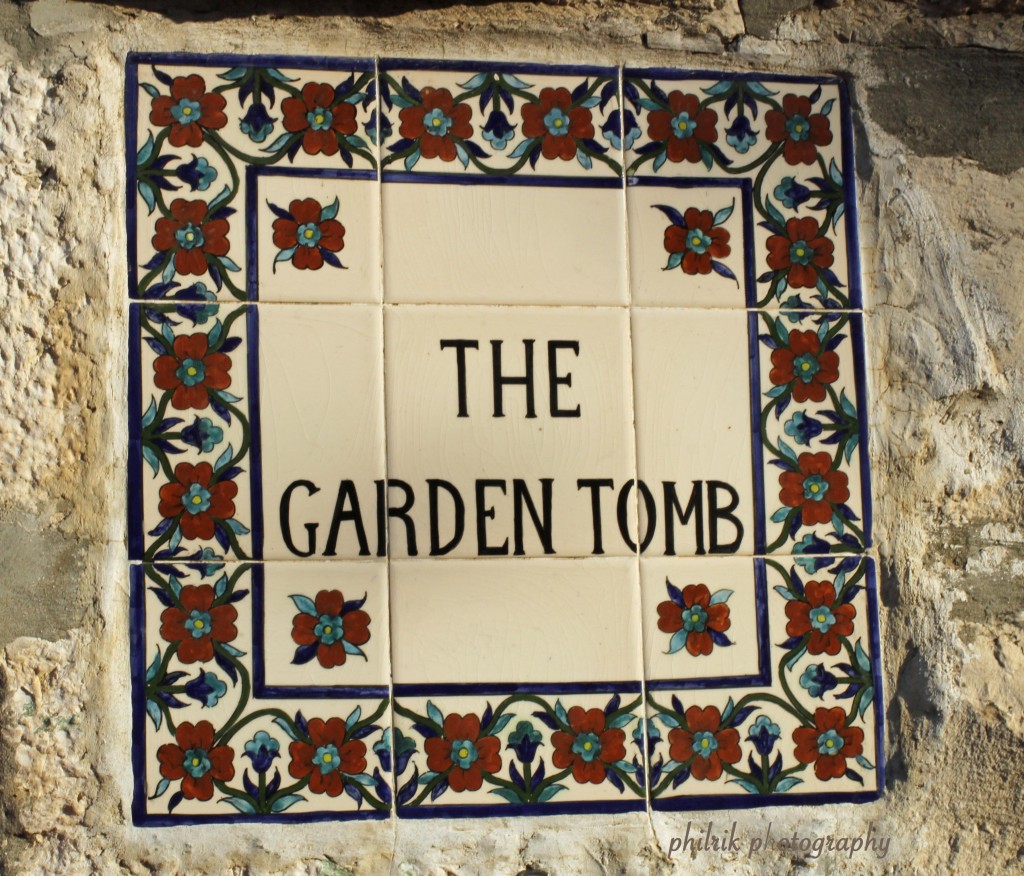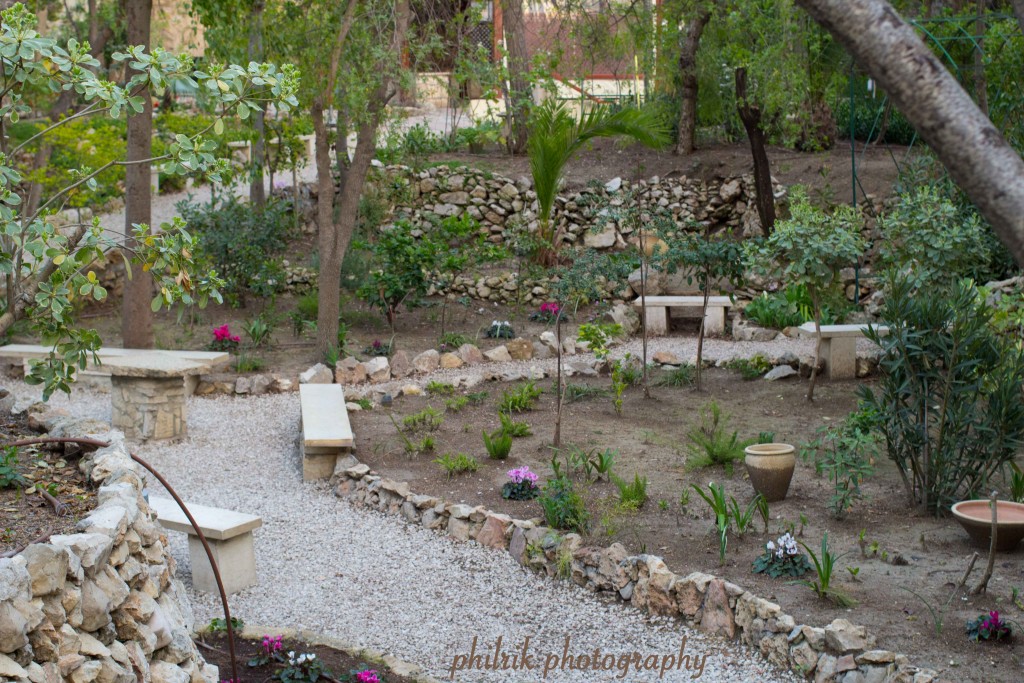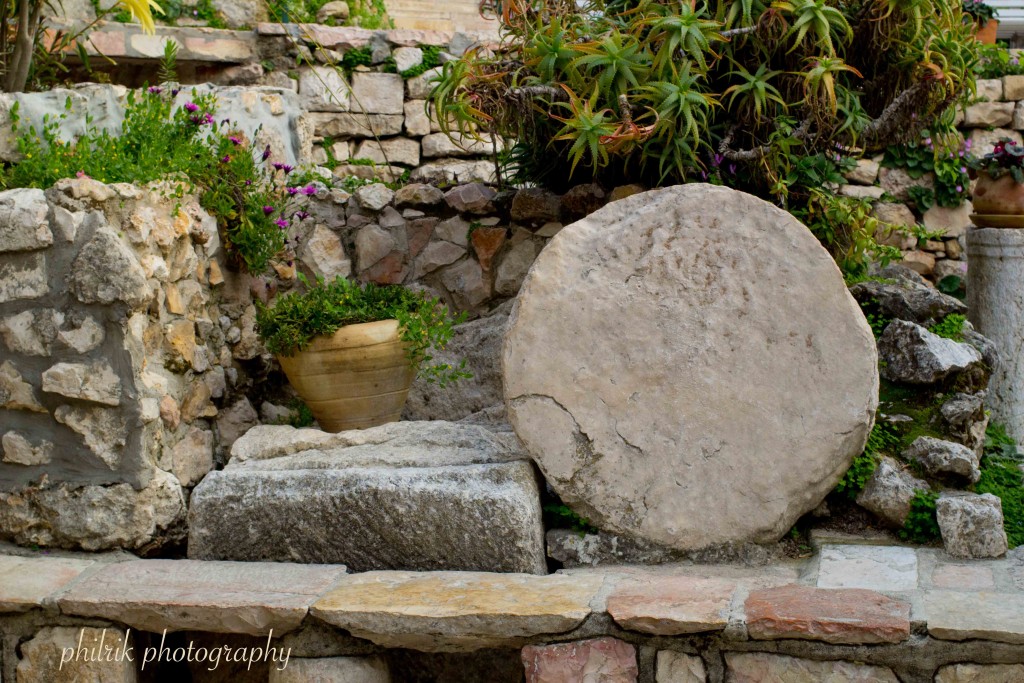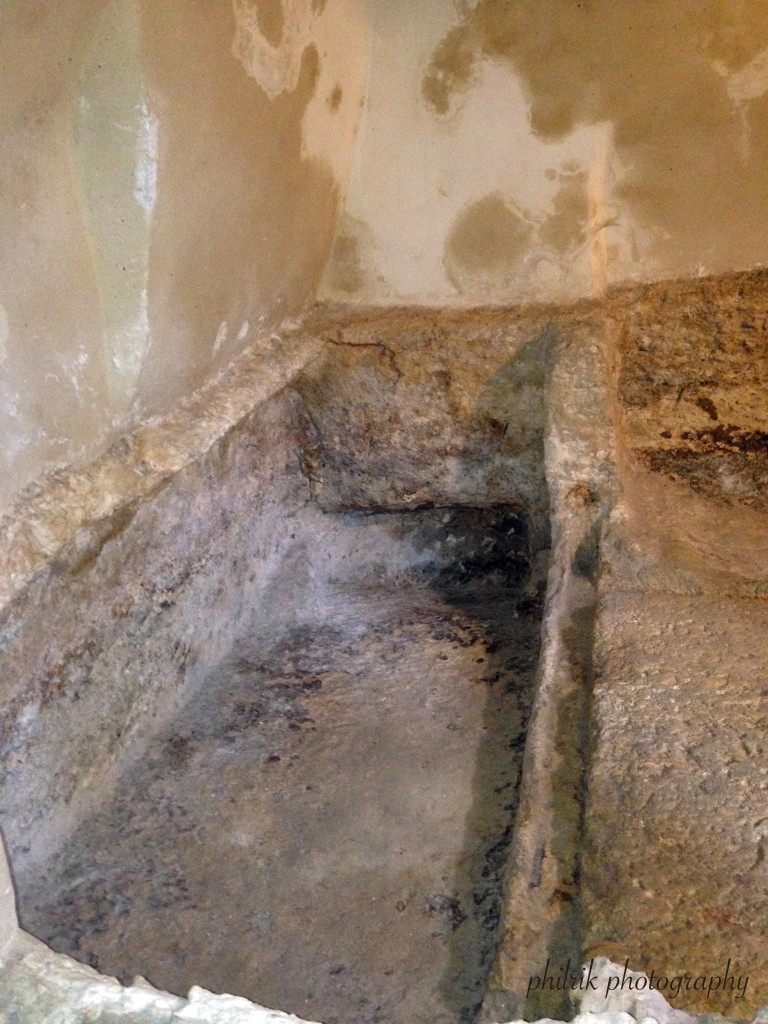It started with a plea. The plea became a rant, which turned into a temper tantrum. Literally, there was foot stomping and everything.
I am not proud of that moment. In fact, I hate it. Everything in my head said to sit down and shut up. But no part of me did that. Not until after I’d stomped my feet and yelled for a minute. Then it was too late. Anger, actions and words could not be undone.
The split second it took me to explode, even for only a minute, put me in a funk for the rest of the night, and I didn’t want to be in a funk. I wanted to be celebrating with my family. I just couldn’t rid myself of the guilt. It didn’t matter that this behavior was unusual. It would be remembered, I was sure, and held against me. And even if not, I wouldn’t forget.
I woke Easter morning still carrying the burden. My heart was still heavy, and I didn’t feel like putting on a smile and pretending to claim victory. I longed for the final resurrection when the full victory of Christ’s resurrection from the dead is finally realized and I will sin no more. I needed the worship service, but wished it was any other Sunday. I dreaded facing all those people in their new, pretty clothes with smiles on their faces and celebratory greetings when I knew I’d be there in the same old clothes wanting to lie prostrate on the floor in grief. I felt the agony of Good Friday hanging heavy over me. All that sin, all that shame, all those dark skies.
I picked up my Bible and turned to Isaiah 53. These verses became a balm even as I read them.
3 He was despised and rejected by men;
a man of sorrows, and acquainted with grief;
and as one from whom men hide their faces
he was despised, and we esteemed him not.
4 Surely he has borne our griefs
and carried our sorrows;
yet we esteemed him stricken,
smitten by God, and afflicted.
5 But he was pierced for our transgressions;
he was crushed for our iniquities;
upon him was the chastisement that brought us peace,
and with his wounds we are healed.
6 All we like sheep have gone astray;
we have turned—every one—to his own way;
and the Lord has laid on him
the iniquity of us all.
7 He was oppressed, and he was afflicted,
yet he opened not his mouth;
like a lamb that is led to the slaughter,
and like a sheep that before its shearers is silent,
so he opened not his mouth.
8 By oppression and judgment he was taken away;
and as for his generation, who considered
that he was cut off out of the land of the living,
stricken for the transgression of my people?
9 And they made his grave with the wicked
and with a rich man in his death,
although he had done no violence,
and there was no deceit in his mouth.
10 Yet it was the will of the Lord to crush him;
he has put him to grief;
when his soul makes an offering for guilt,
he shall see his offspring; he shall prolong his days;
the will of the Lord shall prosper in his hand.
11 Out of the anguish of his soul he shall see and be satisfied;
by his knowledge shall the righteous one, my servant,
make many to be accounted righteous,
and he shall bear their iniquities.
12 Therefore I will divide him a portion with the many,
and he shall divide the spoil with the strong,
because he poured out his soul to death
and was numbered with the transgressors;
yet he bore the sin of many,
and makes intercession for the transgressors.
As I read, the opening verse of the next chapter came to mind, “…break forth into singing…” Break forth into singing? But yes! I can break forth into singing! Didn’t I just read that He had borne my grief and carried my sorrow? Why was I bowed so heavy under the weight of it? It was long past placed on His shoulders! I continued my reading then through Isaiah 54, and the dark skies lifted to the full light of joy.
4 “Fear not, for you will not be ashamed;
be not confounded, for you will not be disgraced;
for you will forget the shame of your youth,
and the reproach […] you will remember no more.
8 …with everlasting love I will have compassion on you,”
says the Lord, your Redeemer.
9 “I have sworn that I will not be angry with you,
and will not rebuke you.”
10 “For the mountains may depart
and the hills be removed,
but my steadfast love shall not depart from you,
and my covenant of peace shall not be removed,”
says the Lord, who has compassion on you.
17 “…you shall refute every tongue that rises against you in judgment.
This is the heritage of the servants of the Lord
and their vindication from me,” declares the Lord.
In His death, Christ bore the burden of my sin and the punishment it deserved, removing even its remembrance. When He was raised from the dead, He raised me from my prostrate state of shame to stand in joyful song before Him. That’s what the resurrection is all about! Christ didn’t stay bruised and bloody, defeated by sin, shame and the guilt of the whole world while I lay sick and sorrowful at the foot of the cross. He rose to life and raised me with Him!
This is the essence of worship – the knowledge of my sin and shame giving way to the wonder that it no longer sinks me to the bottom of the sea (or the depths of hell)! Christ’s resurrection from the dead gives me new life and the ability to stand before Him in victory and sing with the angels “Worthy is the Lamb who was slain, to receive power and wealth and wisdom and might and honor and glory and blessing!” (Revelation 5:12).
This is every Sunday, every worship service, every song of praise – a celebration of the resurrection of Jesus Christ from the dead, a death that was mine. I now live the life that is His! “But thanks be to God, who gives us the victory through our Lord Jesus Christ.” (1 Corinthians 15:57). I don’t have to wait for victory.
What started with a plea also ends with one, even as I celebrate. “More love, O Christ to Thee, More love to Thee!” (Elizabeth Prentiss, 1856)
©Erika Rice 2016

